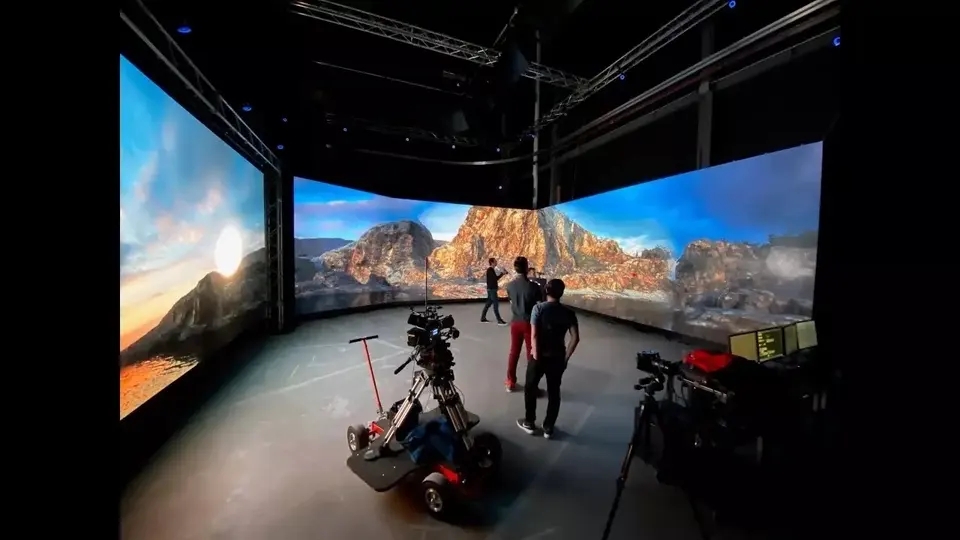The below points must be strictly implemented by LED display screen manufacturers during the production process. After ensuring high-quality products, suitable LED display screen prices can be determined. The rest is to research and plan related sales plans and activities, so as not to worry about opening the door to the market.

1、 Process and material selection
1. Adopting advanced technology and processes
Adopting mature advanced technology and formulating reasonable production process standards.
2. Choose high-quality materials
Choose to use high-quality materials for light-emitting devices and driver chips, and adopt a modular and standardized screen structure;
2、 Standardization and standardization of production
1. Anti static
The LED display screen assembly workshop should have good anti-static measures and be regularly tested with an electrostatic instrument.
2. Temperature and time of wave soldering
The temperature and furnace passing time of wave front welding must be strictly controlled. It is recommended that the preheating temperature be 100 ℃± 5 ℃, with a maximum temperature not exceeding 120 ℃, and the preheating temperature rise should be stable. The welding temperature should be 245 ℃± 5 ℃, and the welding time should not exceed 3 seconds.
After passing the furnace, do not vibrate or shock the LED until it returns to normal temperature. The temperature parameters of the wave soldering machine should be regularly tested. Overheating or fluctuating temperatures can directly damage LEDs or cause quality hazards, especially for small sized circular and elliptical LEDs such as 3mm.
3. Design current value
The nominal current of LED is 20mA, and it is generally recommended that its maximum operating current should not exceed 80% of the nominal value. Especially for displays with small point spacing, due to poor heat dissipation conditions, the current value should also be reduced. Based on experience, due to the inconsistency in the attenuation speed of red, green, and blue LEDs, the current values of blue and green LEDs should be reduced in a targeted manner to maintain consistency in the white balance of the display screen after long-term use.
4. Mixed lamp
LEDs with the same color but different brightness levels need to be mixed or inserted according to a discrete pattern designed to ensure consistency in brightness for each color on the entire screen. If there are problems in this process, there may be inconsistencies in the local brightness of the display screen, which directly affects the display effect of the LED display screen.
5. Control the verticality of the lamp
For straight in LED, there should be sufficient process technology to ensure that the LED is perpendicular to the PCB board when passing through the furnace. Any deviation will affect the consistency of the already set LED brightness, resulting in color blocks with inconsistent brightness.
6. Heat dissipation design
LED generates heat during operation, and excessive temperature can affect the decay rate and stability of the LED. Therefore, the heat dissipation design of the PCB board and the ventilation and heat dissipation design of the box can both affect the performance of the LED.
7. False soldering control
When LED display screens do not light up, there is often a 50% probability that it is caused by various types of solder joints, such as LED pin solder joints, IC pin solder joints, and pin to pin solder joints. The improvement of these problems requires strict process improvement and strengthened quality inspection to solve. Pre factory vibration testing is also a good inspection method.
8. Driver circuit design
The layout of the driver circuit board on the display module also affects the brightness of the LED. Due to the long transmission distance of the output current of the driving IC on the PCB board, the voltage drop in the transmission path is too large, which affects the normal working voltage of the LED and leads to a decrease in its brightness. We often find that the LED brightness around the display module is lower than in the middle, which is why.
